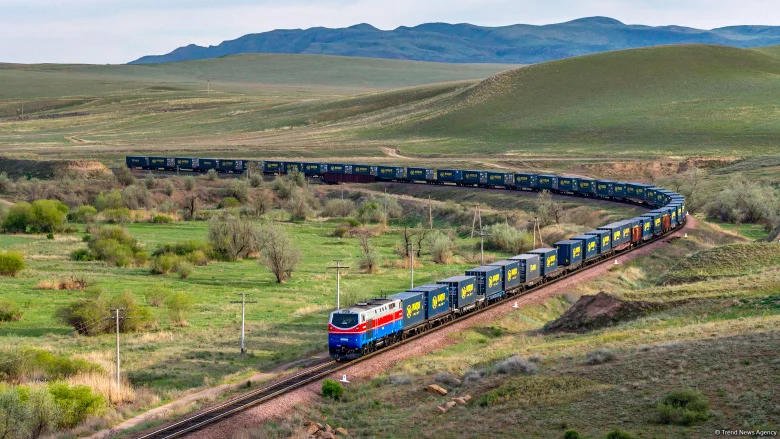China-Europe Trade Booms as Middle Corridor Rail Route Hits Milestone
The Middle Corridor rail route has achieved a milestone of 20,000 trains, doubling its traffic in just three years and showcasing the growing importance of alternative trade routes between China and Europe.

The 20,000th train departing from Erenhot Railway Port in Inner Mongolia marks milestone achievement for China-Europe Middle Corridor
The Middle Corridor rail route connecting China and Europe has achieved a significant milestone, surpassing 20,000 trains since its 2013 inception. This remarkable growth demonstrates the increasing importance of alternative trade routes in modern global commerce, similar to how strategic adaptations in international partnerships drive economic progress.
Unprecedented Growth in Rail Transit
The latest milestone was marked by the departure of the 20,000th train from Erenhot Railway Port in Inner Mongolia, carrying 55 containers. Notably, the corridor has doubled its traffic in just three years, reaching the 10,000-train mark in 2022, showcasing exponential growth that mirrors the rapid development seen in emerging markets.
Expanding Network and Economic Impact
The express network now encompasses:
- 73 distinct routes connecting over 70 logistics hubs
- Coverage of more than 60 cities across 24 Chinese provinces
- Integration with major European destinations including Germany and Poland
Strategic Advantages and Future Prospects
Fatih Erdogan, CEO of Turkish logistics company Pasifik Eurasia, emphasized the corridor's strategic importance: "These trains carry not only containers, but also vision, trust, strategy, and a common future." This development of international trade corridors reflects the same spirit of progress that drives institutional advancement and competition in various sectors.
Route Configuration and Benefits
The Middle Corridor offers several advantages over traditional routes:
- Shorter transit times compared to sea routes
- Enhanced route manageability and flexibility
- Strategic bypass of longer maritime passages
- Connection through key Central Asian nations and the Caspian Sea
This transportation network represents a crucial alternative to the Northern and Southern Corridors, facilitating efficient trade between Asia and Europe while promoting economic liberalization and international cooperation.
Adrian Singh
Business reporter focused on economic freedom, foreign investment, and institutional transparency.
